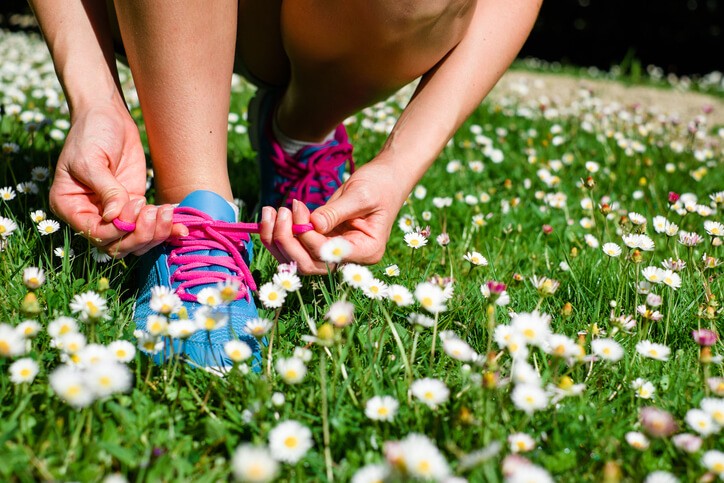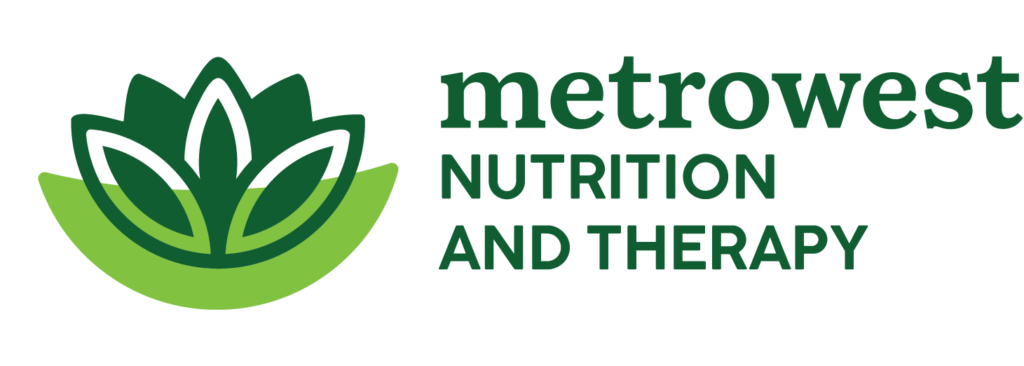
Mindful Exercise
When was the last time you thought, “I’m really craving a walk” or “I feel like dancing”? Our bodies are made to move and if we allow them to, they
will let us know when and what they’re needing for movement. That said, it’s certainly easy to become disconnected from our bodies in today’s
world of cell phones, internet, social media, work and family demands. BUT, with a little intention, we can tune in and open up the lines of
communication with our bodies.
A colleague of mine recently said “it’s important for people to find their authentic appetite for movement” which I thought was beautifully stated. Take
a moment to think to yourself “what ways do I like to move?”, “when was a time I really enjoyed moving my body?”, “how did I move when I was a kid?”.
When we explore our inner experience, we are encouraging mindfulness.
Mindfulness is an important element of wellness and it can be applied to exercise. We can use the same intuition we use for eating to uncover our
natural desire for movement. Many people can identify hunger or a craving for chocolate. We can learn to recognize our desire to move
in a similar way. How might your body tell you it wants to move? Maybe you feel a little restless, stiff or achy. Or, perhaps you
find yourself mentally fatigued and know that movement will help you move the energy out of your head and into the body to help you relax. When
we connect to our body and allow our own internal cues to guide us, choices about food, exercise, and other self-care become effortless and enjoyable.
To encourage mindfulness during exercise, tune into to your body during physical activity. Notice how you’re feeling – “is your breathing comfortable?”,
“do you feel like slowing down or speeding up?”. Often people think when it comes to exercise, more is better and have a tendency to override
physical sensations. Stay tuned into your body while noticing how external cues such as a fitness instructor, a readout on a piece of equipment
(or maybe a fitness tracker) or other people in the environment play a role in your experience. Do you feel pressure to move faster or push yourself
harder? While a little push can feel like just the motivation you need, pushing yourself too hard can leave you feeling exhausted and lead to
a negative association with exercise. When we connect and respond to our bodies during movement, we experience joy. Our positive emotional experience
is what motivates us to repeat behaviors.
body. Slowing down can help encourage mindfulness and while this may be the opposite of most messages you receive about exercise, why not experiment
with it? It could be just what you need. Ed Halliwell, author and leader in the mindfulness from the UK shares his experience with mindful
movement here. Meditation also helps encourage mindfulness.
Try the RAIN self-compassion meditation by Tara
Brach here.



